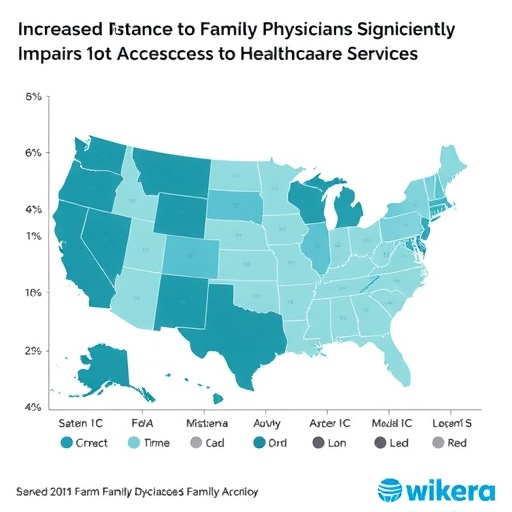Getting behind the wheel after cannabis use is on the rise in the US, and THC, not alcohol, is now the most commonly detected intoxicant in US drivers. Detecting levels of THC, however, is challenging and the methods used so far cannot accurately determine a person's level of impairment.
The article "Driving While Stoned: Issues and Policy Options" by Mark A.R. Kleiman, Tyler Jones, Celeste J. Miller, and Ross Halperin, published in De Gruyter's Journal of Drug Policy Analysis, looks at current issues associated with cannabis intoxication when driving and the options available in testing for THC levels.
The study suggests that, due to the recent legalization of the production and sale of cannabis in some US States, the number of people driving under the influence of cannabis is likely to rise, which is unsettling since there is a widespread belief among marijuana users that THC does not have an effect on driving. Americans now spend an estimated 15 billion hours under the influence of cannabis per year, with no sign of consumption slowing down soon.
Unlike breath alcohol detection tests, which are cheap, reliable and can be easily administered at the roadside, a breath test for cannabis remains to be developed.
Oral-fluid testing can demonstrate recent use but not the level of impairment and thus a blood test must be carried out by health professionals at a medical facility. A further challenge is that blood THC levels drop very sharply even after minutes. A blood test is also a poor indicator of how recently the drug was used or the extent of impairment, and other tests are also not completely accurate.
Research on the risk of driving under the influence of cannabis is still preliminary and subject to fierce debate. However, a few facts are certain: stoned-driving adds to accident risk, especially in combination with alcohol and other drugs. Also, while it is certain that the risk of driving under the influence of cannabis alone is much lower than under the influence of high levels of alcohol, it is difficult to determine levels of impairment after cannabis use.
Stoned driving, the article posits, should be discouraged by making it a traffic offense with the promotion of anti-stoned driving messages highlighting the dangers and risks.
"Even assuming that an acceptable test can be developed, stoned driving alone and not involving alcohol or other drugs, should be treated as traffic infraction rather than as a crime, unless aggravated by recklessness, aggressiveness, or high speed," said study author Professor Mark A.R Kleiman of New York University.
###
Read the full study/article here for free:
https://www.degruyter.com/view/j/jdpa.ahead-of-print/jdpa-2018-0004/jdpa-2018-0004.xml
Media Contact
Eric Merkel-Sobotta
[email protected]
49-302-600-5304
@DeGruyterOA
https://www.degruyter.com/dg/page/open-access
https://www.degruyter.com/dg/newsitem/301/high-on-the-highway-stoneddriving-on-the-increase
Related Journal Article
http://dx.doi.org/10.1515/jdpa-2018-0004




